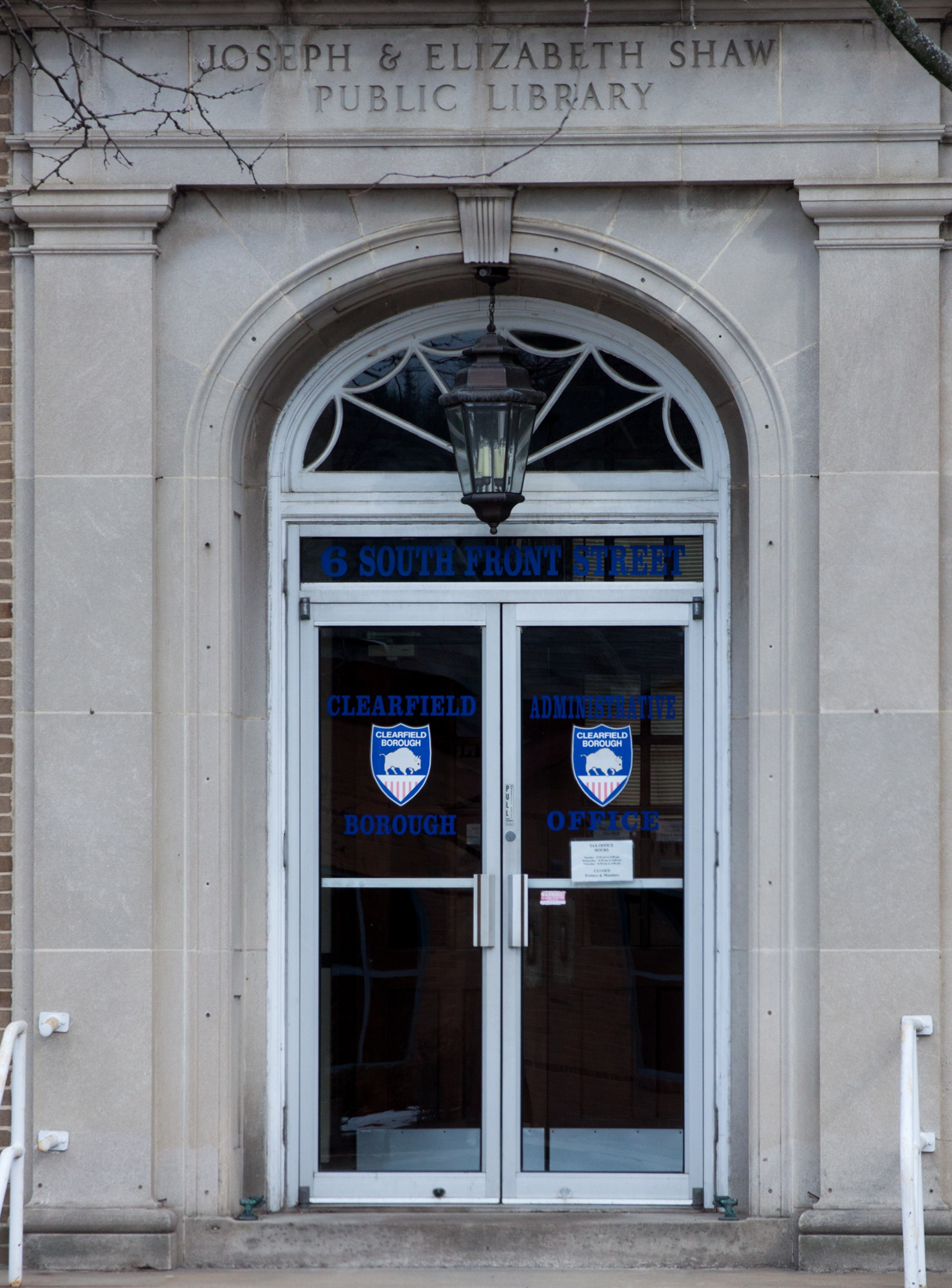Scientists unearthed a strange find from a Spanish Civil War mass grave in northern Spain: intact human brains.
Forty-five brains, to be exact.
The brains had shrunk to about 20% to 30% of their original size but were naturally preserved
So, how did the brains withstand more than 80 years in a moist mass grave in La Pedraja, near Burgos, Spain?
Through a perfect storm of factors.
The clay soil where the grave was dug played a role, as did below-average temperatures and above-average rainfall in the months that followed.
All of them conspired to delay the normal decomposition process, said forensic anthropologist Fernando Serrulla in a study detailing the findings.
The mass grave is from the civil war that ravaged Spain from 1936 to 1939.
The victims were likely shot and buried in the summer and fall of 1936, Serrulla said.
By December, the mass grave was a “pool of saponified bodies,” Serrulla said. In other words, the saponification had turned them soap-like.
Slowly, the bodies started to dehydrate — hence the shrunken brain.
But 45 of the 104 bodies had formations of grave wax — a crumbly film of body fat that normally forms in cadavers in low-oxygen environments. Grave wax helps conserve tissues.
And this wax, Serrulla, helped conserve the external morphology of the brains. Meanwhile, the skulls protected the brains from the acidic soil.
Aside from brains, most other body tissues were decomposed. But one cadaver out of the 104 had one other organ still intact — a heart.



